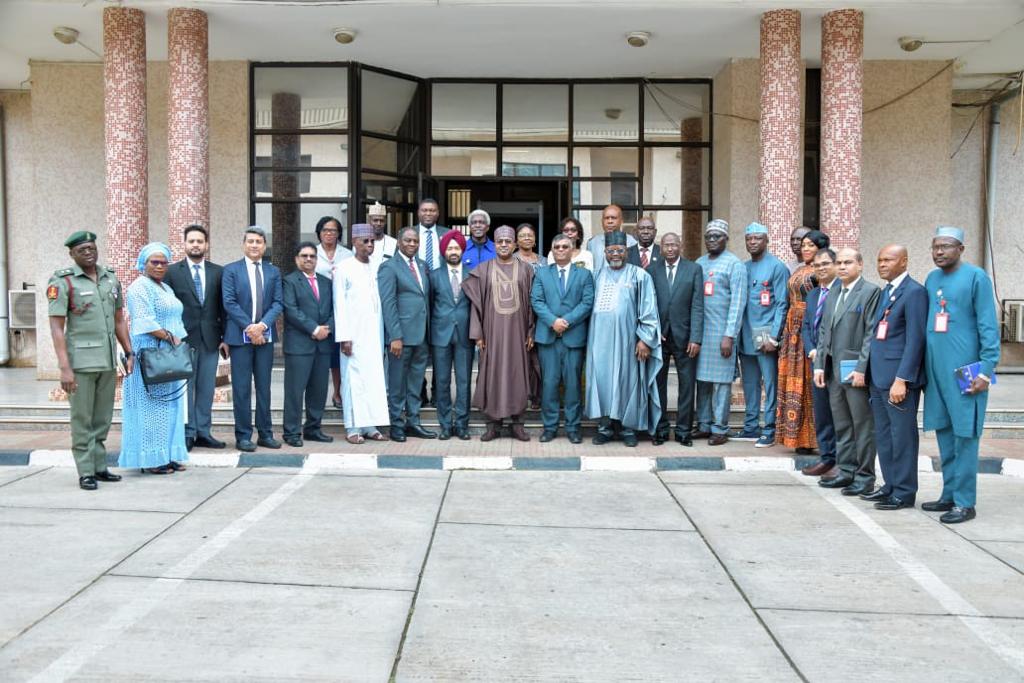
In a recent telecoms industry stakeholders forum held in Yenagoa, Bayelsa state, the Nigerian Communications Commission (NCC) announced a significant reduction in the number of access gaps to telecommunications services across Nigeria. According to Prof. Umar Garba Danbatta, the Executive Vice Chairman and CEO of the NCC, the country has witnessed a remarkable 53.1% decrease in identified areas without telecom access by the end of 2022.
Addressing the forum, Prof. Danbatta, represented by Usman Mamman, the Head of Pre-Licensing at the NCC, highlighted the progress made in bridging the access gaps. He revealed that in 2013, there were 207 clusters of areas without access, which have now been reduced to 97, marking a significant achievement of 53.1% in reducing these gaps. Consequently, the number of Nigerians affected by these access gaps has dwindled from an estimated 37 million in 2013 to 27 million as of today.
The access gaps represent communities or areas throughout the country that have been deprived of essential telecom services. Over the years, the NCC has diligently worked to address this issue, making substantial strides in connecting people residing in rural, under-served, and undeserved regions. The deployment of vital infrastructure, particularly base transceiver stations, has played a crucial role in bringing telecom services to these previously neglected areas.
Prof. Danbatta shared the timeline of achievements, stating, “By 2019, we had succeeded in reducing the clusters of access gaps to 114 through the deployment of the necessary infrastructure needed to bring services to people living in rural, under-served, and undeserved areas of the country.” This deployment led to a decrease in the number of Nigerians in these clusters from 37 million to 31 million in 2019. Continuing the efforts, the NCC managed to further reduce the clusters to 97 by the end of 2022, down from the initial 207 clusters in 2013.
The successful deployment of 79 new base transceiver stations from 2009 to 2011, coupled with an additional 124 stations between 2013 and 2018, contributed significantly to the reduction of access gaps. Moreover, from 2019 to 2022, the NCC deployed an impressive 364 base transceiver stations, resulting in a total of 567 stations by the end of 2022.
Expressing his satisfaction with the progress made, Prof. Danbatta acknowledged the achievement as a significant milestone. However, he emphasized that the NCC would not become complacent but rather continue its endeavours to ensure that the remaining 27 million Nigerians without access to telecom services are provided with the necessary connectivity.
Looking ahead, the NCC plans to implement several regulatory interventions to bridge the remaining 97 access gaps across Nigeria and ensure ubiquitous connectivity throughout the country. These interventions include the issuance of Mobile Virtual Network Operator (MVNO) licenses and the deployment of Fifth Generation (5G) networks, among other initiatives.
With the concerted efforts of the NCC and its commitment to extending telecom services to underserved areas, Nigeria is steadily narrowing the digital divide and creating opportunities for millions of previously excluded individuals.


